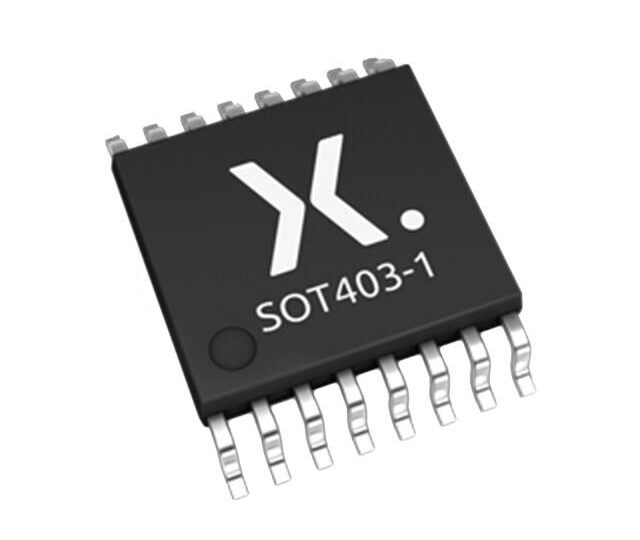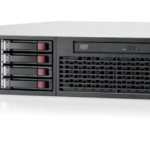Electronic devices need to move signals from one place to another. Analog Switches and Multiplexers help make this happen smoothly. Let’s explore how these important components work.
What Are Analog Switches?
Think of analog switches like light switches for electronic signals. They can turn signals on or off quickly. These switches work with many different signal types.
Regular light switches only work with electricity going one way. Analog switches can handle signals flowing both ways. This makes them very useful in electronics.
Understanding Multiplexers
Multiplexers are like traffic directors for electronic signals. They take many input signals and direct them where needed. Think of them as smart intersection controllers.
These devices help save space in electronic circuits. They let many signals share the same path. This makes electronic devices smaller and cheaper.
How They Work Together
Analog Switches and Multiplexers often work as a team. They help move signals around complex electronic systems. Their teamwork makes devices work better.
Together, they can handle many signals at once. They keep signals clean and clear. This helps electronic devices work more reliably.
Common Uses in Electronics
Many devices use these components every day. Mobile phones need them to handle radio signals. Computers use them to manage data flow.
Audio equipment uses them to switch between inputs. Medical devices rely on them for accurate readings. They help make our electronic world work.
Benefits in Signal Routing
These components make signal routing much easier. They can switch between different signals very fast. Their speed helps devices work smoothly.
They keep different signals from mixing together. This helps prevent noise and interference. Clean signals mean better device performance.
Advantages in Modern Devices
Modern devices need to handle lots of signals. These components help manage all these signals efficiently. They make devices work better and faster.
They help save power in battery-operated devices. Their quick switching saves energy. This makes batteries last longer.
Important Features to Know
Low resistance helps signals flow better. Good isolation keeps signals separate. These features matter in real-world use.
Speed matters when switching between signals. Better components switch faster. Faster switching means better performance.
Applications in Different Fields
Medical equipment needs clean, reliable signals. Test equipment requires accurate signal routing. Industrial controls depend on reliable switching.
Communication devices use Analog Switches and Multiplexers to handle radio signals. Security systems need them for sensor monitoring. Many fields rely on these components.
Choosing the Right Components
Different applications need different specifications. Voltage requirements vary between systems. Signal types affect component choice.
Speed needs change with different applications. Power requirements matter for portable devices. Choosing right makes systems work better.
Installation Considerations
Proper installation ensures good performance. Clean power supplies matter a lot. Good grounding helps prevent noise.
Careful wire routing prevents interference. Short connections work better. These details make systems more reliable.
Maintenance and Testing
Regular testing helps catch problems early. Simple checks can prevent failures. Testing equipment needs proper setup.
Signal quality needs regular checking. Power supply testing matters too. Good maintenance keeps systems running.
Troubleshooting Common Issues
Signal noise can cause problems. Poor connections often create issues. Power problems can affect performance.
Testing helps find problem sources. Simple fixes often work best. Experience helps solve problems faster.
Future Developments
New technologies keep improving these components. Faster switching speeds are coming. Better signal handling is developing.
Lower power use is a key goal. Smaller sizes help save space. Future devices will work even better.
Cost Considerations
Quality components last longer. Good design saves money later. Proper installation prevents problems.
Maintenance costs matter over time. Better components often cost less eventually. Smart choices save money.
Safety Considerations
Proper handling prevents damage. Static electricity needs careful management. Power management keeps components safe.
Good practices prevent accidents. Safety equipment matters when working. Training helps prevent problems.
Integration with Other Systems
These components work with many systems. Good planning makes integration easier. Standard interfaces help compatibility.
System requirements guide component choice. Documentation helps future maintenance. Good design makes systems work together.
Understanding these components helps build better systems. They make modern electronics possible. Their role keeps growing as technology advances.








